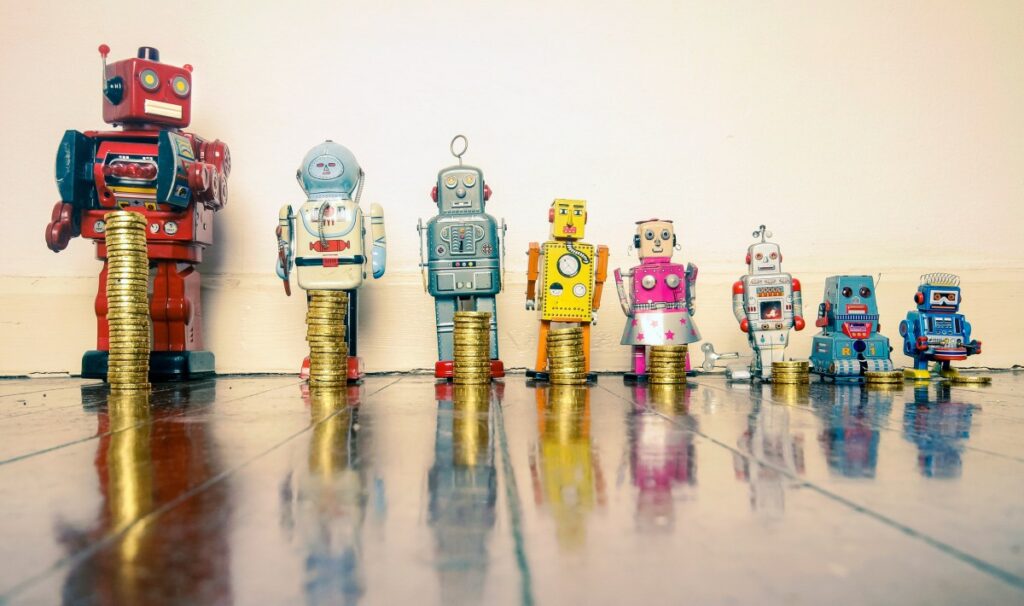The Evolution of Home Robots: From ‘The Jetsons’ to Today
On September 23, 1962, “The Jetsons” introduced audiences to Rosey the Robot, a character symbolizing the futuristic promise of domestic automation. The episode titled “Rosey the Robot” narrates how an overwhelmed Jane hired this robotic housekeeper, setting a vision for a tech-savvy future. Now, 62 years later, Rosey remains a cultural icon, embodying the aspirations for home robotics that have yet to be fully realized.
As we look toward 2024, the state of home robots is somewhat mixed. While not completely absent, robots are far from the ubiquitous helpers imagined in sci-fi. iRobot, known for its Roomba vacuum, has sold over 50 million units—a notable achievement, yet just a slice of the robot vacuum market. Other robotic products like lawnmowers and pool cleaners have also gained some popularity, although they significantly lag behind vacuum sales.
The ideals of home robots have not fizzled due to consumer disinterest or manufacturer reluctance. Rather, it’s a complex web of challenges, including pricing, functionality, and effectiveness. Beyond vacuuming, home robots generally lack the capabilities needed to justify their cost, creating a barrier for widespread adoption.
The Success of the Roomba
During his tenure as iRobot’s CEO, co-founder Colin Angle often remarked that his true success in robotics began with vacuum sales. This lighthearted comment mirrors a deeper reality in the industry. Prior to the Roomba, iRobot had ventured into various domains including military tech and toys. Their breakthrough came when they concentrated solely on a singular task: cleaning floors.
The Roomba, celebrating its 22nd anniversary this October, was initially a rudimentary machine, yet it addressed a prevailing need effectively, paving the way for its success. Over the years, iRobot has invested heavily in enhancing its flagship product’s intelligence with features like mapping, sensing, and AI integration. Despite attempts in other areas like gutter cleaning and lawn maintenance, none have matched the Roomba’s popularity.
The Quest for Advanced Home Automation
The dream of advanced robotics continues to surface in public discussions. At a panel on robotics, a participant vividly shared her ambitious idea for a multifunctional drone capable of cleaning and doing laundry. Despite its allure, the practical challenges of creating such a device at an accessible price remain formidable.
This sentiment echoes when observing developments in robot technology today. For instance, Elon Musk unveiled Tesla’s humanoid robot with the promise of it managing factory labor and home chores. Yet, given the ambitious nature of these claims, it’s prudent to approach them with skepticism.
Before we see advanced versions of home robots, simpler machines will have to lead the way. Most modern robots have been designed for specific, repetitive tasks, making them easier to manufacture and more reliable. The complexity of a humanoid robot multiplies potential failure points—consider how often a Roomba encounters issues.
Experts agree that the initial wave of home robots will be tailored for a small range of functions, such as caregiving and simple housekeeping tasks.
Building a Foundation for Tomorrow’s Robots
There exists palpable frustration that home robotics have not advanced as anticipated. However, this is often overlooked amid discussions of unmet expectations. The groundwork laid by previous robotic innovations has been crucial; success in future home robotics will build upon countless contributors.
Early robots, like the Roomba, forged pathways in unstructured home environments. While current examples, like Hello Robot and Matic’s vacuum, may seem simplistic, they play vital roles in developing critical technology for navigation and operation.
The Challenges of Social Robots
The social robot sector has faced considerable setbacks, with companies like Anki, Kuri, and Jino failing due to high costs, limited functionality, and unreliable performance. Amazon’s Astro has also struggled, falling victim to corporate cutbacks. This serves as a cautionary tale that even massive corporations can falter in the robotic arena.
Recent reports suggest that Apple is exploring similar avenues, with concepts that align more with current technologies rather than groundbreaking robots. For now, their ventures resemble enhanced versions of existing smart displays rather than humanoid machines.
In conclusion, while home robots will eventually become part of daily life, significant work lies ahead. As hopes for Rosey are set for 2062, we find ourselves still in a transitional phase, with time on our side to refine these innovative technologies.




